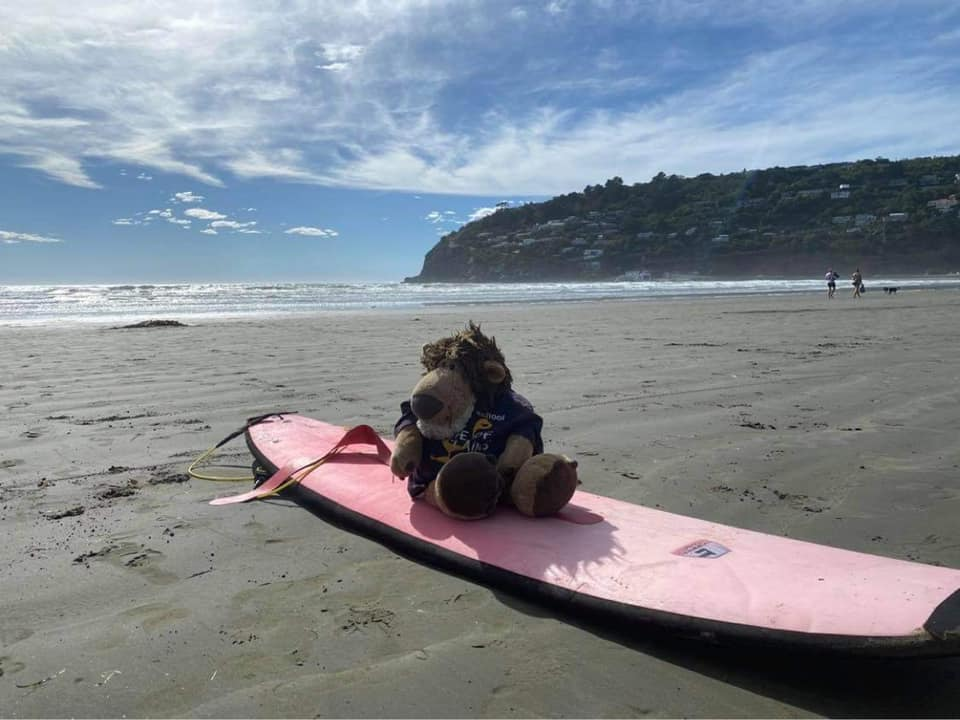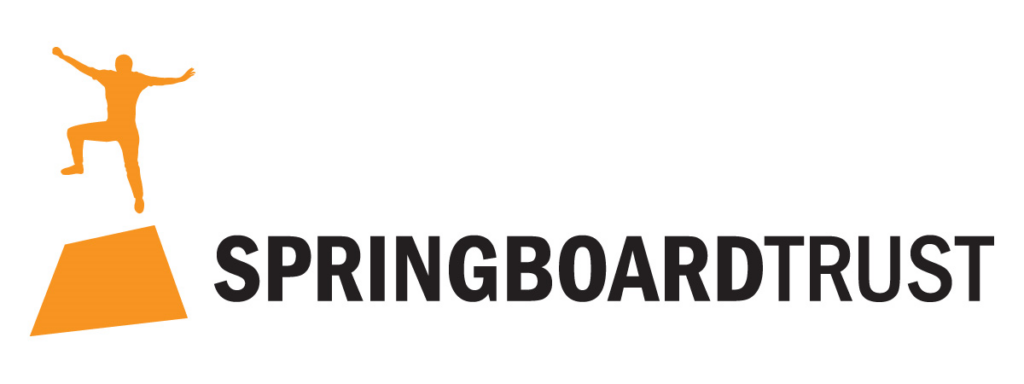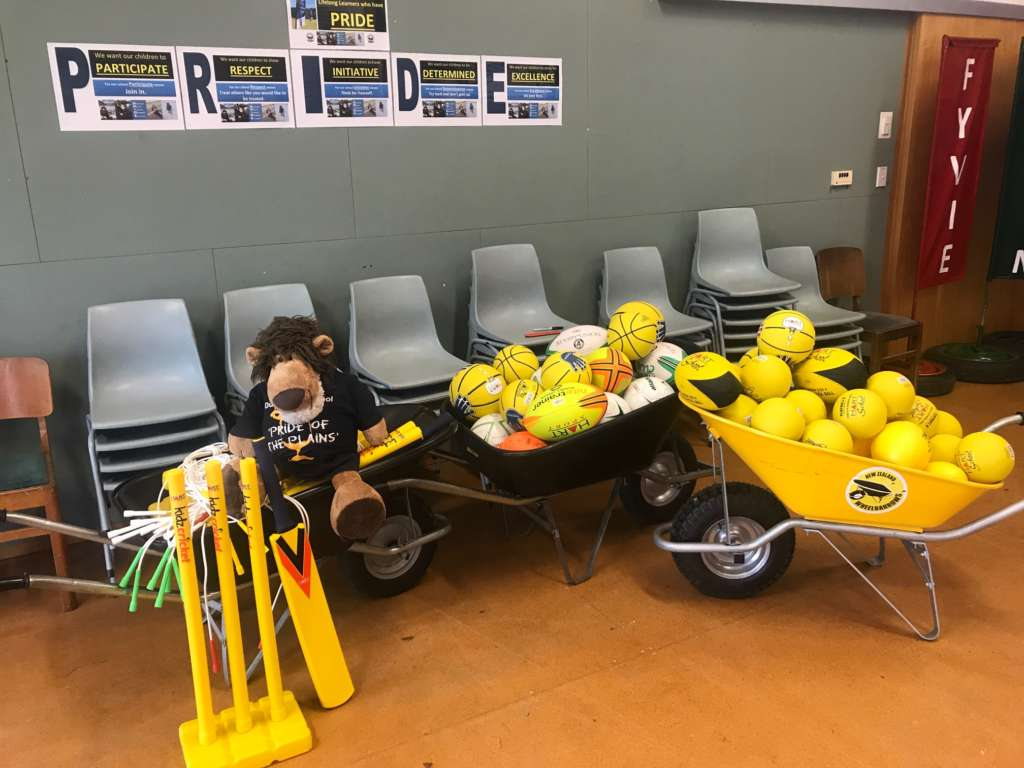The applications of a good strategic plan are wide-ranging. We’ve spoken to principals before who have used it for their recruitment, while for others it has become a focal point for everything from sports matches to assemblies.
But what about uses for a strategic plan outside one’s own school environment? As Dave Robinson, principal at Dunsandel School discovered, a little learning with Springboard Trust can go a long way.
In-depth initiatives
Dave took on the Strategic Leadership for Principals Programme (SLPP) in 2019 and, at first, wasn’t sure how it would all come together.
“After the first meeting, I was wondering how we were going to spend a year on strategic planning – it’s not exactly something that spins my wheels. Historically I’d write it, the Board Chair would give input, and that would be it.”
“But by the end, you end up seeing the links between the plan and everything the school does – the cohesive direction that the plan brings together. The one-page thing we finish with, that blew me away in terms of how clearly it lays out what we want to do, in a way that I can put out to the community, board, students, staff, everyone.”
That clarity of direction would prove critical for Dave and the wider Dunsandel community, as they faced some immense challenges through 2019 and 2020.
“We had a series of really traumatic events in the community in 2019, three big things in three weeks – it really rocked us. As a school we decided that wellbeing – even through it had been rammed down all our throats for so long – really needed to be our focus. It was incredibly hard though – a community dealing with death, where do you start?”
But from this consensus, some amazing initiatives and programmes emerged, all under the banner of looking after the students and community.
“We went with a programme called Bounce Back, developed in Australia after bushfires in the 80s. That became a driving force, and we got going on a wellbeing team and a lot of really intimate initiatives to support the kids.”

Expanding influences
The wellbeing focus was already quite prevalent within Dave’s Kāhui Ako – but applying his strategic learning from Dunsandel to the Kāhui Ako brought it to another level.
We had a lot of projects going in different directions. With four schools and six ECEs, we all knew the general direction we wanted to move in, but it just needed that little bit of bringing together. At that point, I was the only one in the group who had done some Springboard Trust work, and it just clicked that what we needed was a strategic plan.”
So, as a Kāhui Ako, the educational leaders held think tanks with the community, staff and students at their respective schools, and collated that work with research from the likes of NZCER and ERO. From there, it was a very similar process to what Dave had undertaken at Dunsandel School.
“Everything was sitting there in terms of goals, we just had to put initiatives in and create some success criteria. We built and accepted the Kāhui Ako plan as a group and presented it at a teacher-only day. That was a big milestone for us. We aren’t at the coalface, so having teachers not just understand, but give great feedback on our strategic plan, that was amazing.”
Now, Dunsandel School is guided by two strategic plans – one for the school, and one for the wider Community of Learning. But as Dave notes, the two work together very well.
“The school-level goals and initiatives are intimate – they’re for the teachers, students and whānau who we know really well. At the Kāhui Ako level, it’s more about everyone using the same language and being on the same page for what we want to achieve.”
“It is great for the students too – they move from an ECE to a primary school, or from primary to secondary, and we are all using the same goals and language. It makes for better working relationships between the schools, and creates a comfortable, welcoming environment for kids no matter where they learn.”
These two pieces of work are having a significant impact on a whole community. And, as Dave explains, the process has had a resoundingly positive effect on his own leadership.
“In the past I’d be working on something like this faster than teachers, thinking I needed to lead it. But everyone needs to be on board, and teachers, in particular, are the ones directly engaging the children. Springboard taught me to slow things down to make sure all the right changes get embedded.”
“When I finished (SLPP), I just had so much more clarity and confidence, which supported me to repeat the strategic planning process at a Kāhui Ako level. It’s the best development I have had in 15 years – I feel like I can go into any school environment and provide the right support – everybody should be doing this!”









